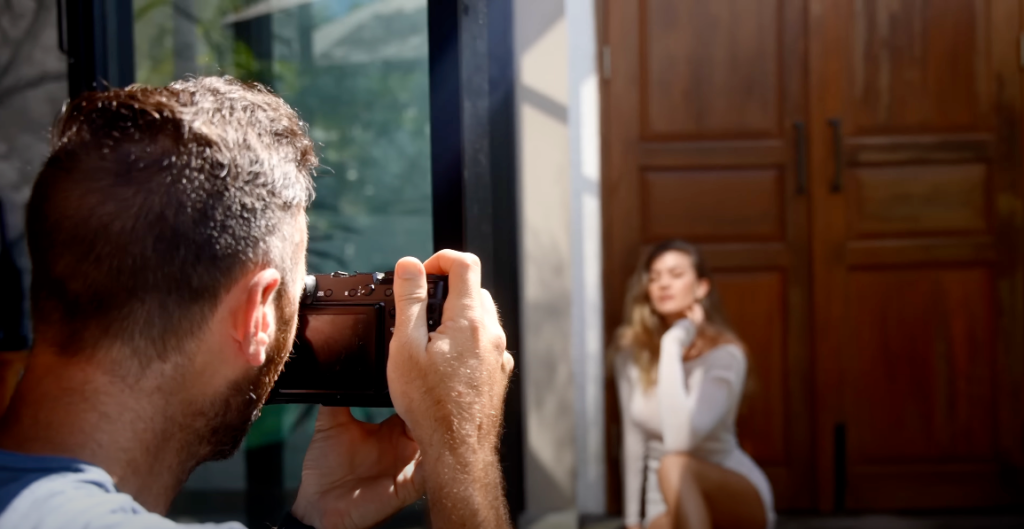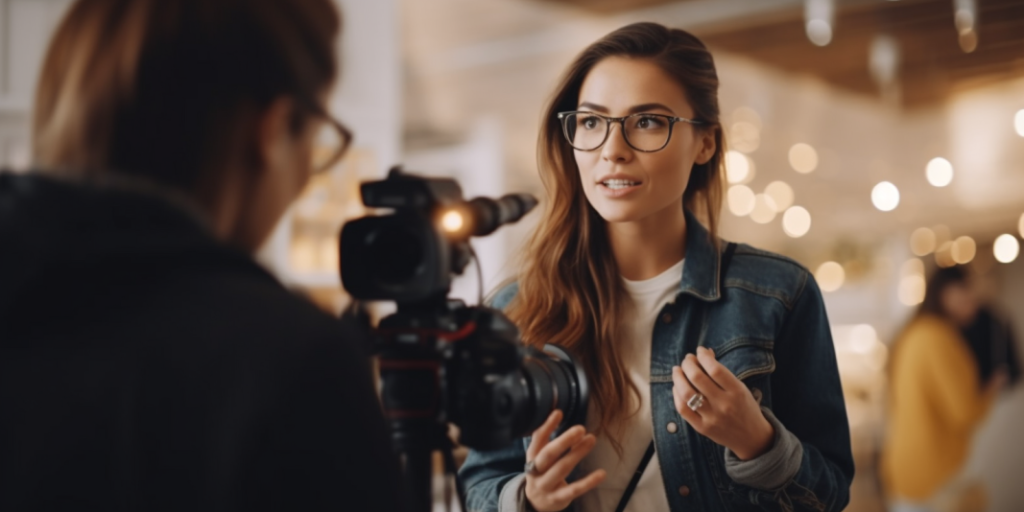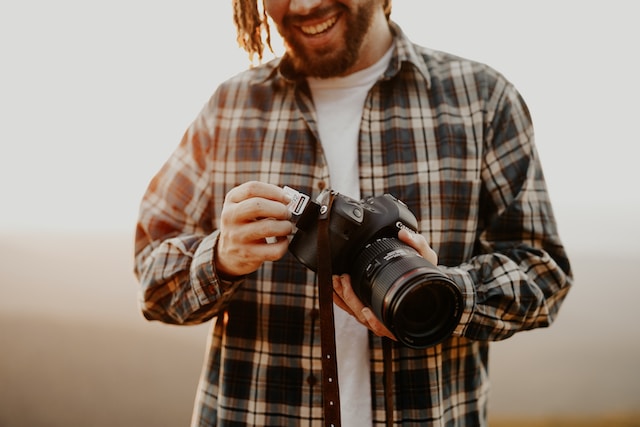Boudoir photography is a genre of portrait photography that captures intimate, romantic, and sometimes erotic images of its subjects, typically in a bedroom or private dressing room environment. The term ‘boudoir’ originated from the French word for a woman’s private room or bedroom, and its adoption into this style of photography implies a setting of intimacy and privacy.
History of Boudoir Photography
Although boudoir photography has gained immense popularity in recent years, its roots trace back to the 1920s. During this era, an increase in the number of women in the workforce led to an emancipation movement, driving women to reclaim their sexuality and express it more openly. The trend was slow to catch on, primarily due to the societal norms and restrictive laws of the time, but it eventually found its footing.
| Era | Description |
|---|---|
| 1920s | Emergence of boudoir photography |
| 1940s | Pin-up style photography, a precursor to boudoir, gains popularity |
| 1970s | Boudoir photography gains mainstream acceptance |
| 2000s | Resurgence of boudoir photography, often linked to wedding photography |
| 2020s | Boudoir photography diversifies to include various body types, genders, and ages |
Sub-genres and Styles in Boudoir Photography

There are various styles within the realm of boudoir photography, each reflecting a different mood and aesthetic. Here are the common ones:
- Classic Boudoir: The Classic style captures the essence of traditional boudoir imagery. It emphasizes elegance and femininity, often incorporating elements like lace, silk, pearls, and luxurious bed linens. The photography is soft and romantic, evoking a sense of timeless allure;
- Glamour Boudoir: This style is inspired by high fashion and Hollywood glamour. It leans towards creating glamorous, dramatic, and high-contrast images. Often, these photos utilize professional hair and makeup, designer garments, and meticulous studio lighting techniques;
- Fine Art Boudoir: This style takes a more artistic approach. Rather than focusing solely on the subject, it emphasizes creative composition, the use of light and shadow, and the human body as an art piece. This style can incorporate elements of minimalism, abstract forms, and unusual perspectives;
- Sensual Boudoir: The Sensual style aims to capture raw passion and sensuality. The poses might be more provocative, with a focus on creating a series of images that communicate desire and allure;
- Maternity Boudoir: This sub-genre focuses on documenting the beauty of pregnancy. These sessions are typically sensitive and intimate, capturing the deep bond between a mother-to-be and her unborn child;
- Dudoir: An alternative version, “dudoir” is boudoir photography featuring men. The aesthetic and posing often differ, focusing more on masculine traits, but the overall theme of intimacy and sensuality remains the same.
The Significance of Boudoir Photography
Boudoir photography holds various connotations for different individuals, some of which include:
- Self-love and Body Positivity: Boudoir photography encourages individuals to embrace their bodies, regardless of size, shape, or perceived imperfections. It’s a celebration of body positivity and self-acceptance;
- Gifts for Partners: These photo sessions often produce intimate gifts for significant others. It’s particularly popular for special occasions such as anniversaries, Valentine’s Day, or as a pre-wedding gift from the bride to the groom;
- Personal Milestones: Many use these sessions to mark significant life changes, such as weight loss, overcoming illness, maternity, or stepping into a new phase of life;
- Modeling Portfolio: For those in the modeling industry, a boudoir portfolio can showcase versatility and the ability to express and embody various moods and themes.
The Boudoir Photography Session: From Consultation to Delivery

A professional boudoir photography session involves multiple steps that ensure the comfort and satisfaction of the client:
- Consultation: This is the initial stage where the photographer and client discuss the shoot details. They talk about the client’s vision, comfort level, preferred style, and the logistics of the session;
- Preparation: Preparation involves choosing outfits, arranging hair and makeup, and preparing the set. It can also include sharing visual references to help the client know what to expect;
- The Shoot: During the photo shoot, the photographer guides the client through poses, creating a variety of images. The environment is always kept comfortable, and the client’s boundaries are respected. It’s the photographer’s job to ensure the client feels at ease and confident;
- Post-Processing: After the shoot, the photographer selects the best images and edits them to enhance their beauty. This could involve color correction, retouching, and applying various filters to achieve the desired aesthetic;
- Delivery: The final images are usually delivered in a private online gallery, a printed album, or as digital files, depending on the package chosen.
Conclusion
Boudoir photography, thus, is a form of self-expression that champions body positivity and self-acceptance. It is a beautiful blend of art and photography that captures the essence of the subject in an intimate setting. Irrespective of the style or the reason for the shoot, the essence of boudoir photography lies in capturing the subjects in their most vulnerable yet empowered state, resulting in deeply personal and stunning imagery.
FAQs
Nudity is not a requirement. The level of undress is entirely up to your comfort. Some people prefer lingerie, others like implied nudity, while some opt for full nudity. The key is that you should feel comfortable and confident.
While traditionally associated with women, boudoir photography is for everyone, regardless of gender. Many photographers offer “dudoir” (male boudoir) sessions as well.
Yes! Boudoir photography is about celebrating all bodies and does not require any modeling experience. Your photographer will guide you through poses and make sure you feel comfortable throughout the session.
Yes, a professional boudoir photographer will prioritize client safety and privacy. They should provide a clear contract that outlines how your photos will be used and should never share your images without your explicit permission.
Typically, yes. Many photographers allow clients to bring a friend for support. However, you should discuss this with your photographer beforehand.
